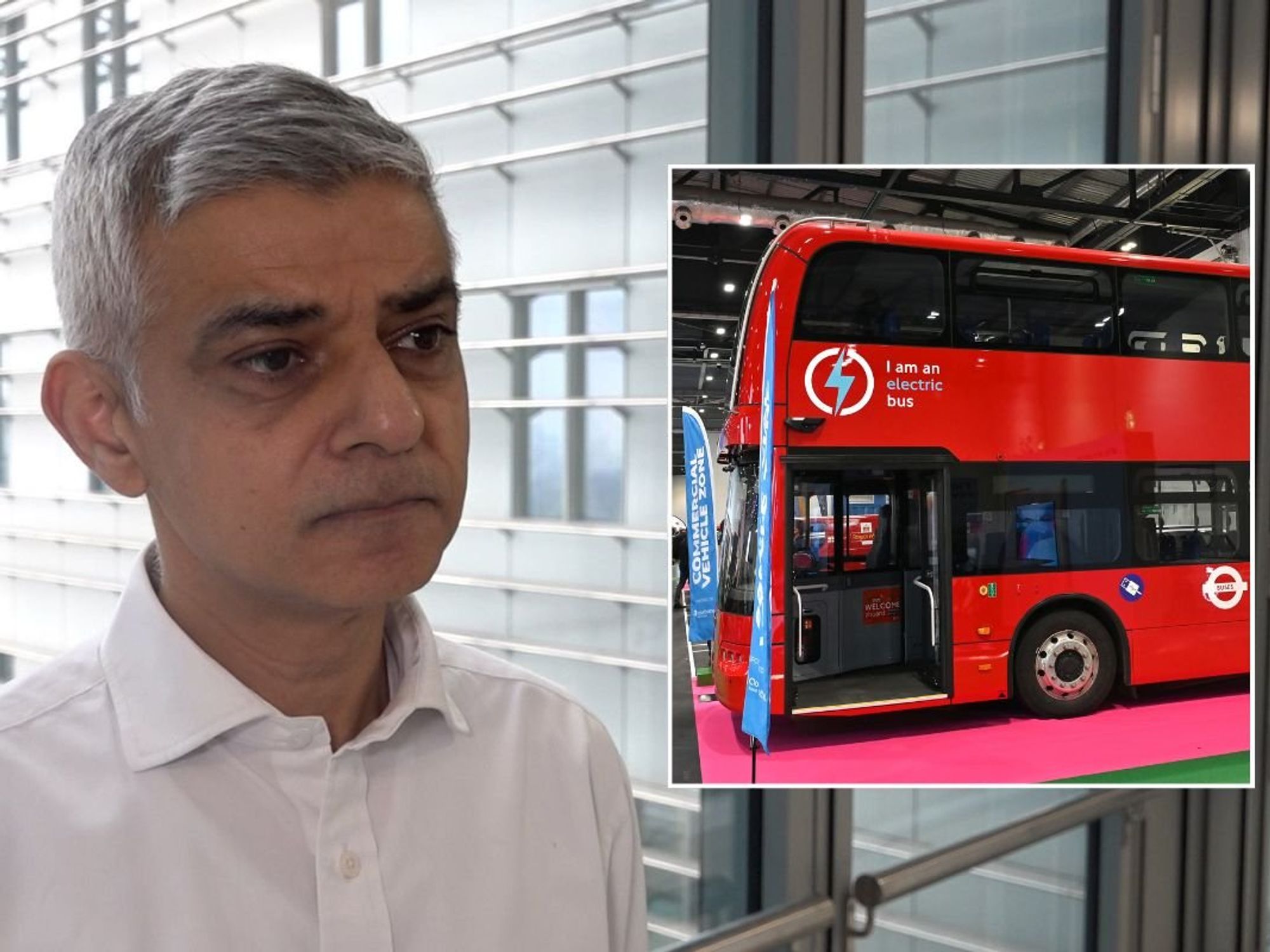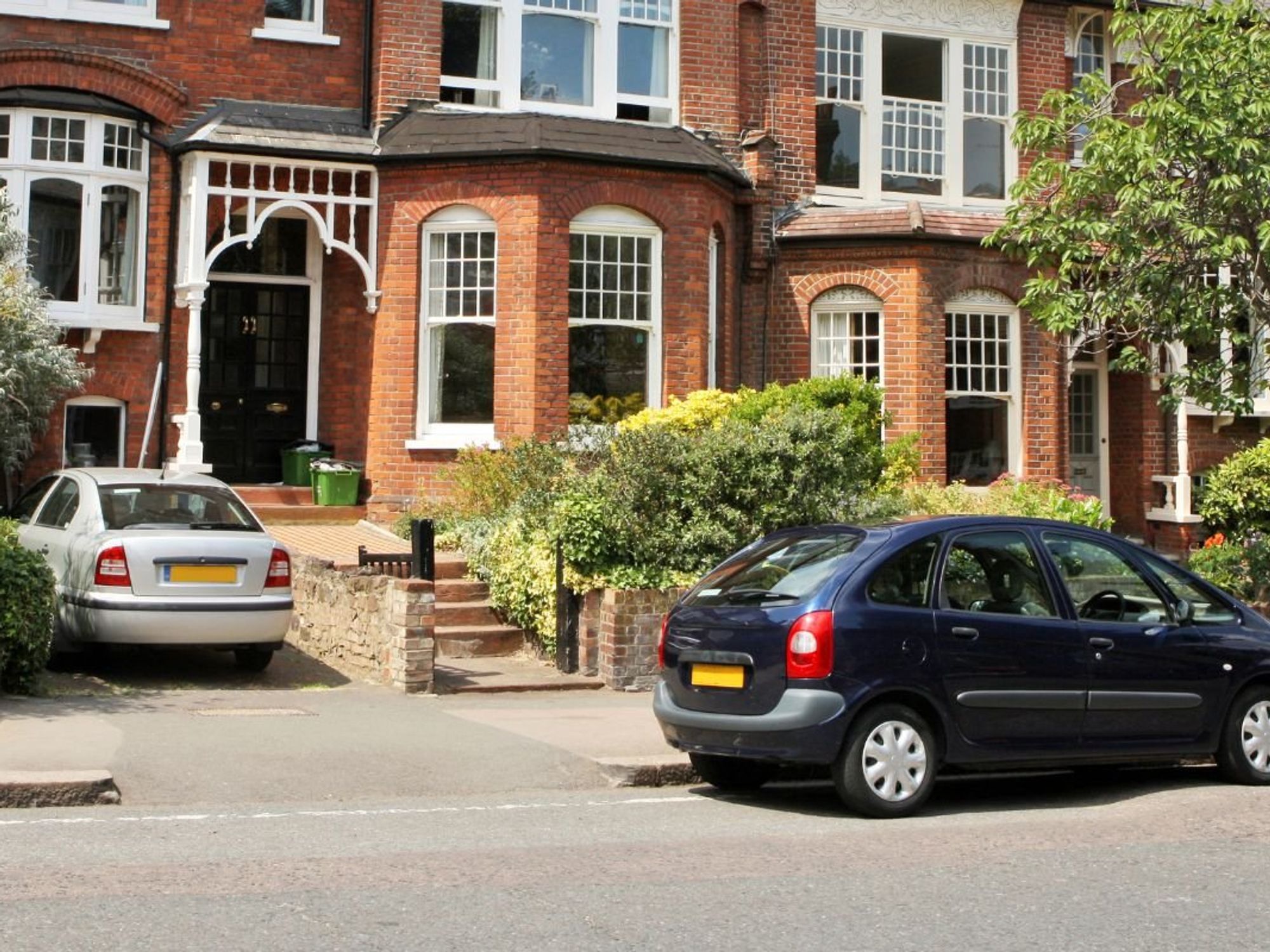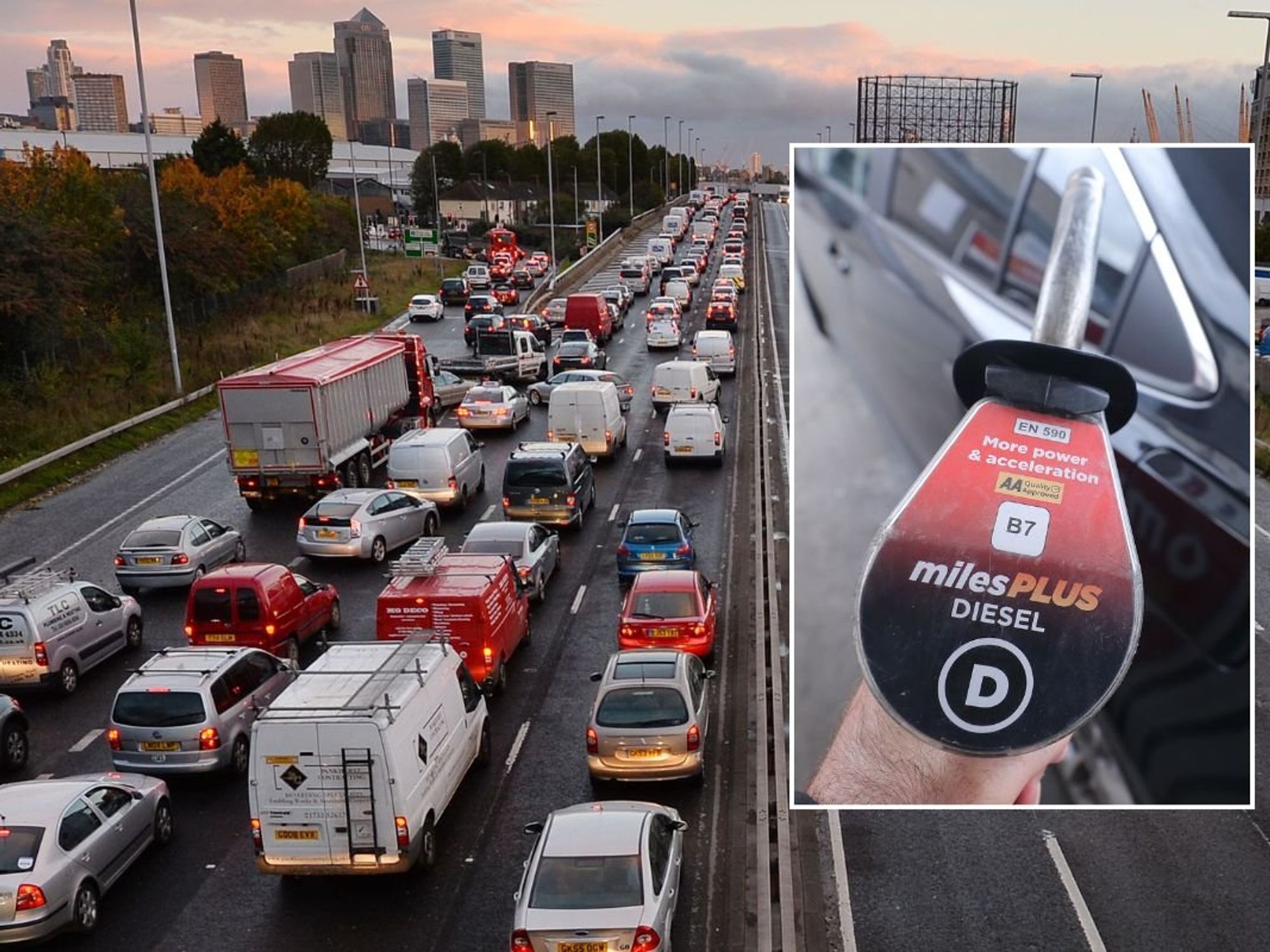Ofgem urged to act as spiralling energy standing charges hit rural areas

FSB said one business owner faced a standing charge of 969.64p per day in September 2023, up from 70.94p per day in July 2021
|GETTY

Residents in remote areas are being forced to pay higher standard charges
Don't Miss
Most Read
Latest
Ofgem is being urged to address the escalating standing charges which are hitting people in rural areas the hardest.
A business owner reported an inflated standing charge which was 13 times higher than it was three years ago.
The Federation of Small Businesses (FSB) is urging Ofgem to act over fast-growing standing charges paid by small companies, amid a warning rural areas seem to be hit the worst.
Standing charges are applied daily, regardless of how much energy the customer uses, and are used to cover the cost of supplying energy to homes and businesses.
They also cover the costs of building new network infrastructure and keeping the power on when energy suppliers go bust.
While consumers’ bills are limited by the energy price cap, small businesses’ are not.

Ofgem has been urged to act as spiralling energy standing charges are hitting rural areas hardest
|GETTY
FSB said one business owner faced a standing charge of 969.64p per day in September 2023, up from 70.94p per day in July 2021.
Their standing charge now is more than 13 times higher than three years ago.
In a letter to Ofgem’s CEO Jonathan Brearley, the FSB outlined the negative impact of rising standing charges on small businesses.
Standing charges are often higher in rural areas, where the cost per home to the energy supplier is higher.
The FSB said this meant the charges were disproportionately affecting businesses in rural areas.
It is exacerbating the divide between rural and urban areas and hampering efforts to level up remote regions, the FSB said.
FSB’s Policy Chair, Tina McKenzie, said: “We want Ofgem to do a thorough review of standing charges for businesses as well as consumers, for better transparency and to discern whether energy companies are behaving fairly towards their small firm clients.
“Small business energy customers behave in a way more akin to consumers than big businesses, lacking the resources, the expertise and the buying power necessary to get the best possible deal out of their energy suppliers.
“However, they do not benefit from anything like the same level of protection as that rightly available to households, leaving them caught between two stools.
“Many small businesses could be forgiven for suspecting that they have been seen as something of a soft target for price hikes in their standing charges, and they do not have a full picture of where the money they pay on a daily basis is going – something that needs to change.”
Between April and July this year, the standing charge for electricity will on average rise from 53.35p per day to 60.10p per day while the standing charge for gas will rise from 29.60p per day to 31.43p per day.
After calling for views about standing charges, Ofgem got around 200,000 responses which they can use for an open debate about how the charges work.
LATEST DEVELOPMENTS:
The regulator has welcomed opinions on how to change the system.
An Ofgem spokesman said: “We’re assessing the standing charge system overall, including tackling issues faced by non-domestic consumers.
“We’re grateful for FSB for responding to our consultation and we’re looking at its ideas.
“We agree too many businesses get unexplained price hikes from suppliers or are ripped off by brokers – that’s why we’re putting tough new rules in place from July to resolve disputes and get greater clarity on fees.
“We published a detailed non-domestic market review last year – and are working with ministers, industry and businesses on the additional price protection and bill transparency they’re calling for.”










